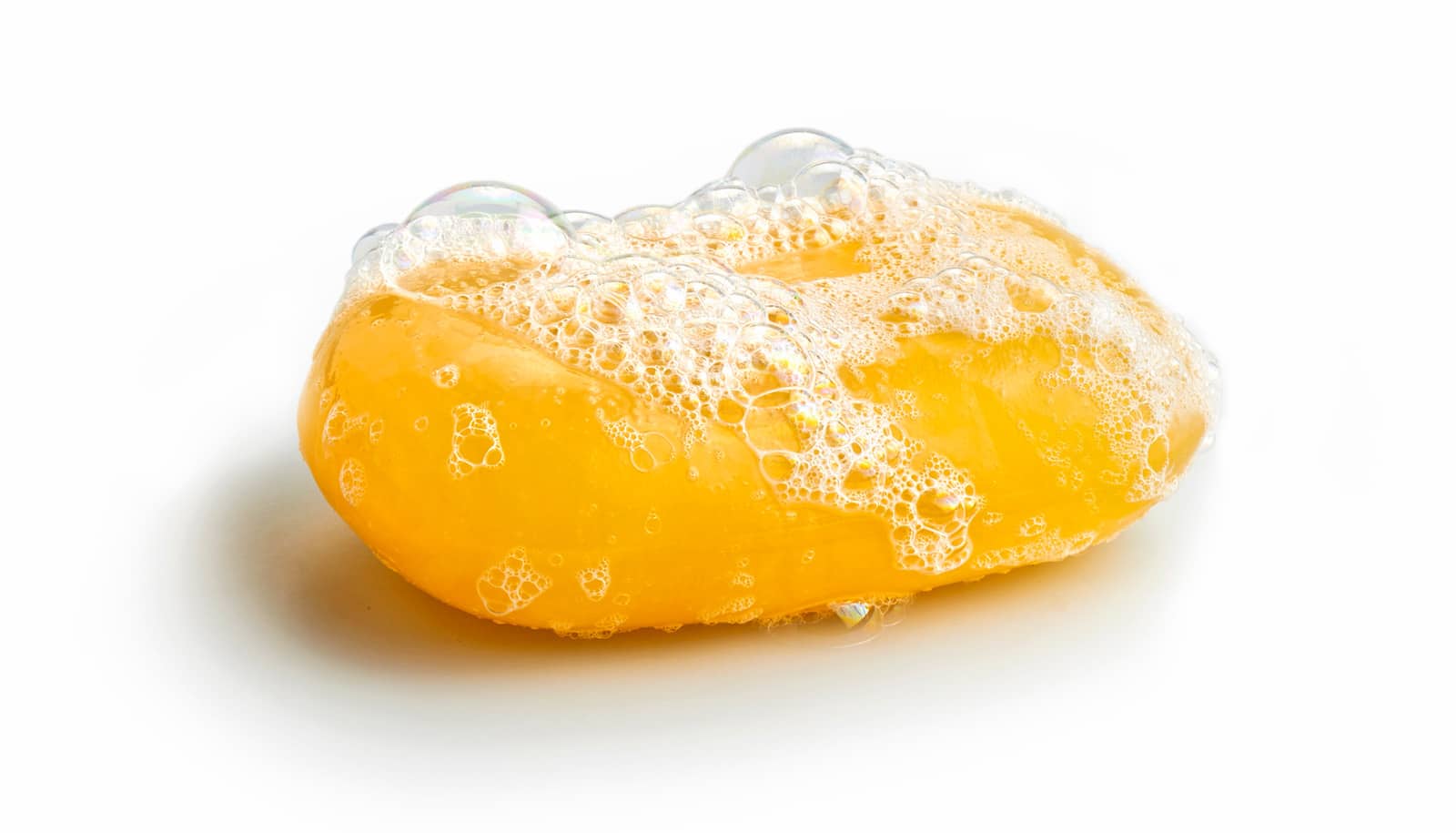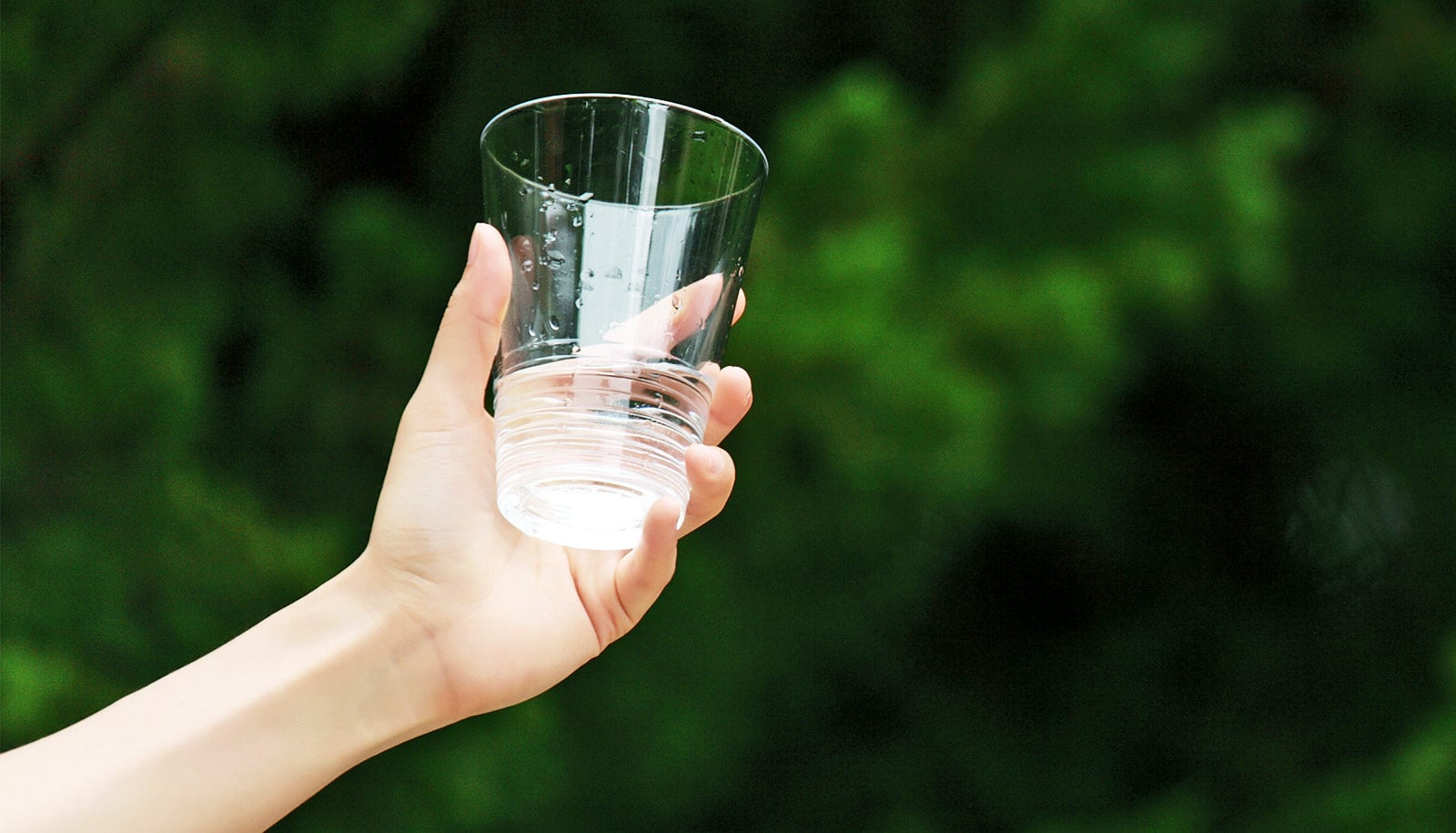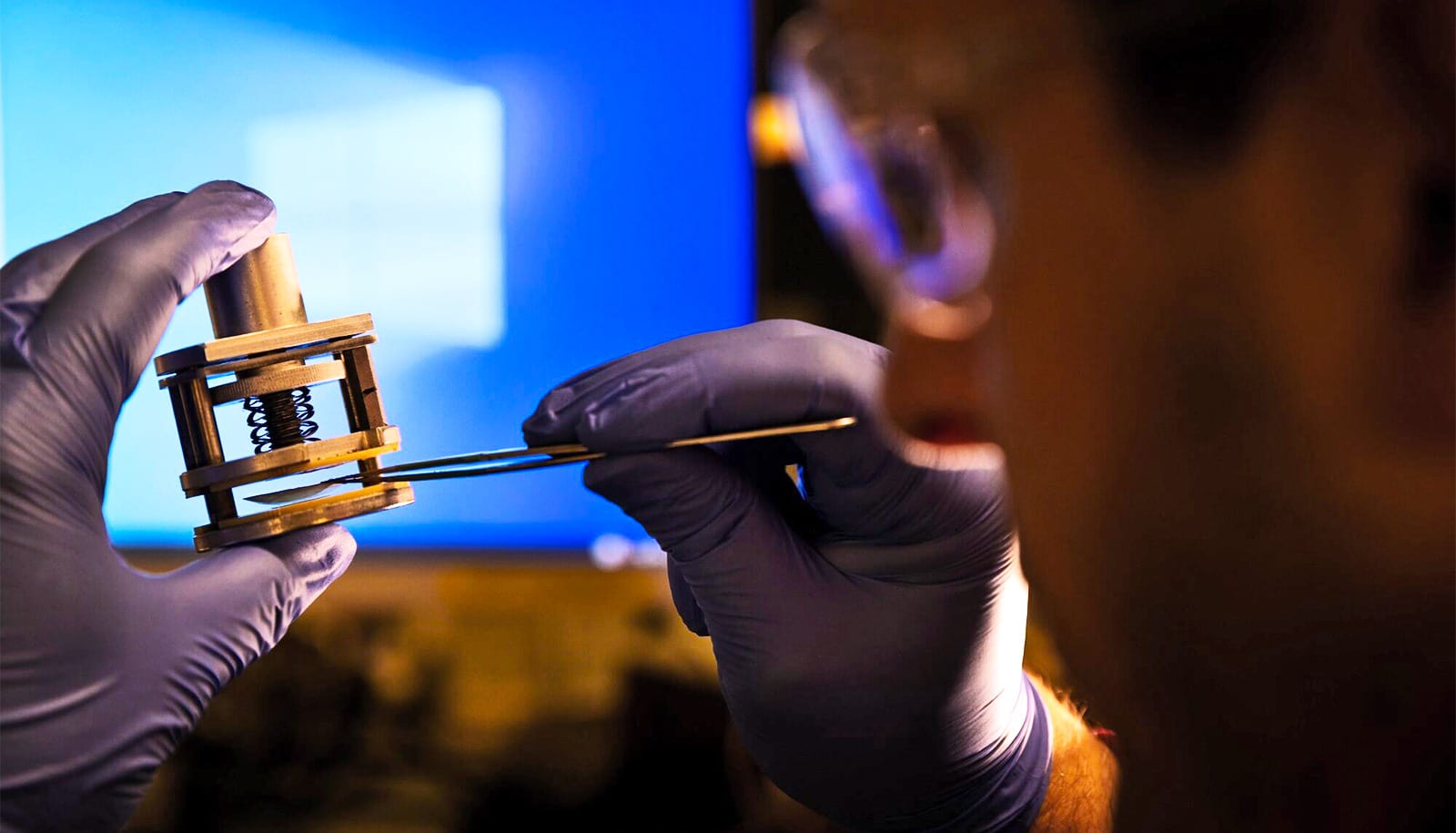In some low- and middle-income countries, it’s rare for families to have soap for hand-washing, research finds.
Using data from 51 nationally representative surveys, researchers identified the proportion of households that have soap and water at a hand-washing place in the home. The percentages range from less than 0.1 percent in Ethiopia to 96.4 percent in Serbia.
The results underscore the need to improve access to soap, along with hand washing behavior in general, in many impoverished countries, says Swapna Kumar, who conducted the research while receiving her master’s degree in epidemiology at the School of Public Health and Health Professions at the University at Buffalo.
“Hand washing prevents leading causes of the 6 million deaths that occur annually in young children around the world. Never before has hand washing been systematically measured in so many countries,” says Pavani Ram, associate professor of epidemiology and environmental health.
“These data are useful to public health programs and policy makers because they underscore the deep inequities that persist globally and within countries, contributing to these preventable child deaths among people living in poverty and in rural areas in sub-Saharan Africa and South Asia.”
For the study, researchers culled through hand-washing behavior data reported in dozens of nationally representative Demographic and Health Surveys (DHS) and Multiple Indicator Cluster Surveys (MICS). Starting in 2009, both surveys began including questions that asked household members about their hand-washing behavior. The surveys take place in more than 100 countries about every three to five years.
“This analysis demonstrates the need to promote access to hand-washing materials and placement at hand-washing locations in the dwelling, particularly in poorer, rural areas where children are more vulnerable to hand washing-preventable syndromes such as pneumonia and diarrhea,” the researchers write in the paper, which appears in the American Journal of Tropical Medicine and Hygiene.
Among the findings:
- The availability of soap anywhere in the dwelling ranged from nearly 21 percent in Senegal to 99.1 percent in Iraq and Serbia.
- In Africa, the proportions of households with soap and water at a hand-washing place range from as low as 0.1 percent in Ethiopia to a high of 34.7 percent in Swaziland.
- Compared to Africa, the availability of soap and water is higher in the Eastern Mediterranean region, and ranged from 42.6 percent in Afghanistan to 91.5 percent in Iraq.
- In Southeast Asia, nearly 79 percent of households in Bhutan have soap and water, compared to 21.4 percent in Bangladesh.
- The poorest households often have extremely low access to soap and water for hand washing, compared to wealthier households (for example, 6 percent and 85 percent in regions of Nepal).
Hand washing with soap can help prevent the spread of disease, especially pneumonia and diarrhea, which accounted for approximately 1.6 million child deaths worldwide in 2013.
There are a variety of reasons why people in many low- and middle-income countries may not keep soap for hand washing at home, including cost, availability of affordable commercial goods in rural areas, especially those with poor road networks, and the need to prioritize other critical expenditures such as food.
You don’t need hot water to wash your hands
Researchers highlight several potential solutions, including increasing the availability of soapy water and promoting its use as a less expensive but affordable alternative, and social marketing and public-private partnerships—such as Global Handwashing Day, which is celebrated annually on October 15—to help increase affordability in areas with the greatest need.
The study took place in collaboration with researchers from UNICEF, the US Agency for International Development (USAID), ICF International, and International Business & Technical Consultants Inc. (IBTCI).
Source: University at Buffalo



